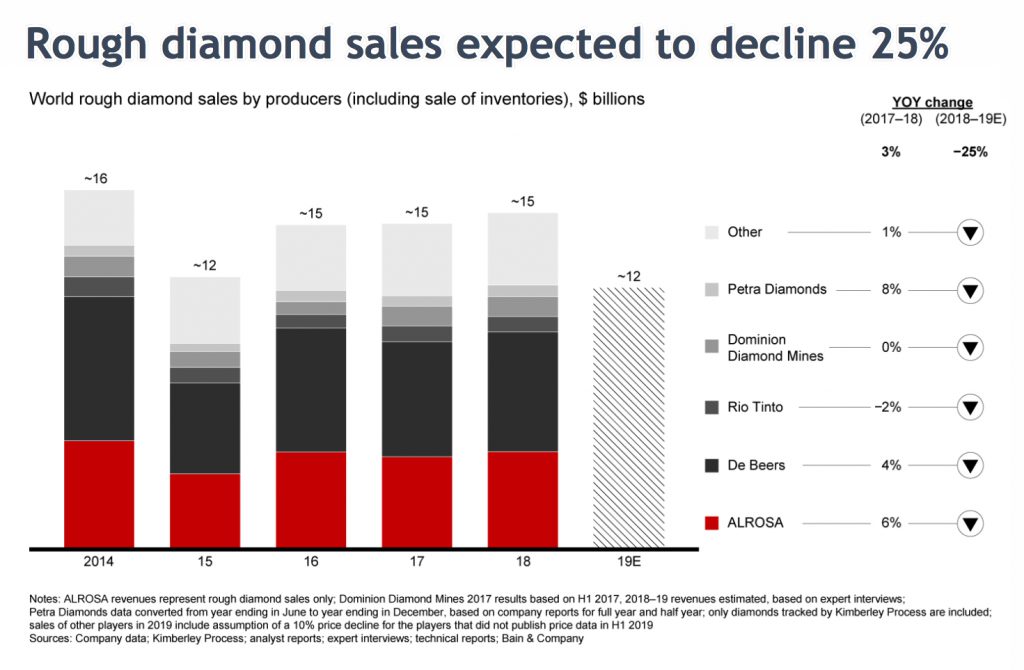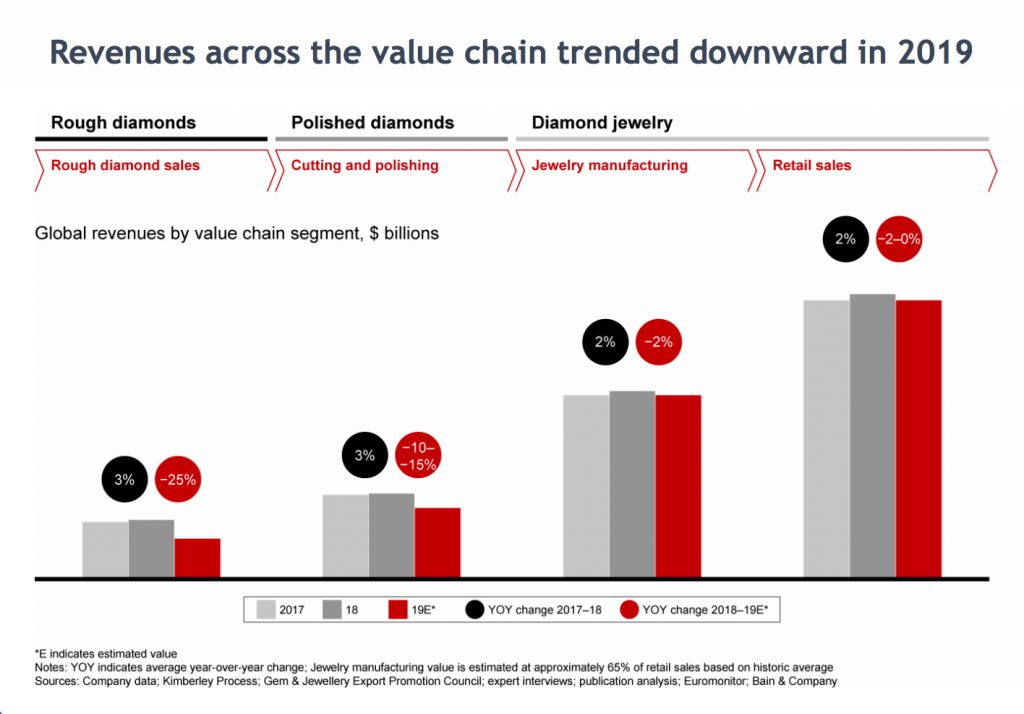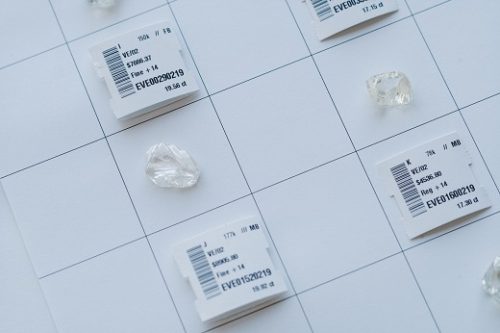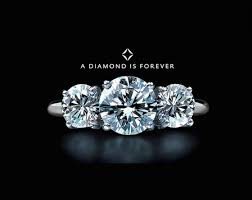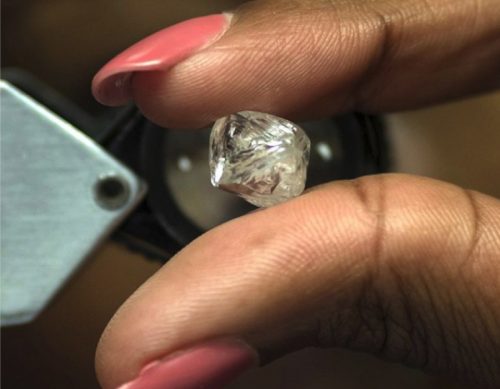De Beers has allowed clients to forgo buying certain rough diamonds at this week’s sight, as the coronavirus outbreak has raised concerns about a polished glut.
The miner has let sightholders defer purchases of goods that produce the types of polished popular in the Chinese retail market, a source at the sight told Rapaport News Wednesday. The concessions apply to 1- to 2-carat rough diamonds that can make polished under a carat, as Chinese demand is highly focused on that size category, especially the 0.30- to 0.50-carat range.
Instead of taking up those allocations at this sale, the second of the year, customers will be able push them back to sights 3, 4 and 5. Those who already deferred their supply from the last two sales of 2019 will only be able to delay their purchases to sight 3, which begins March 30.
“People are very afraid of the market, and stocks are building because there are no sales to the Far East,” the source said on condition of anonymity. De Beers declined to comment on the move.
De Beers apportions rough supply to sightholders based mainly on their purchase history, and divides those allocations across the 10 sights that take place during the year. Clients can usually defer only a limited proportion of the goods earmarked from them, but the miner has provided more flexibility of late because of the weak market.
In the second half of last year, De Beers offered unprecedented measures, such as letting customers refuse half of the goods in a box or sell up to 30% of their rough purchases back to the miner.
It ended the special rules at the December sight, as an oversupply of polished in the midstream started to ease. However, the coronavirus epidemic has lowered jewelry demand in China, where the outbreak started, creating uncertainty about manufacturers’ ability to sell their polished. Concerns escalated this week when it emerged the disease had spread beyond the Far East to Europe and Iran.
“The virus has the potential to badly damage the market for the next few months, but we don’t know [the extent of the impact],” an executive at a Mumbai-based sightholder commented. “If it goes on for a long time, it will be a problem not only for De Beers, but for many, many companies in India.”
Source: Diamonds.net







